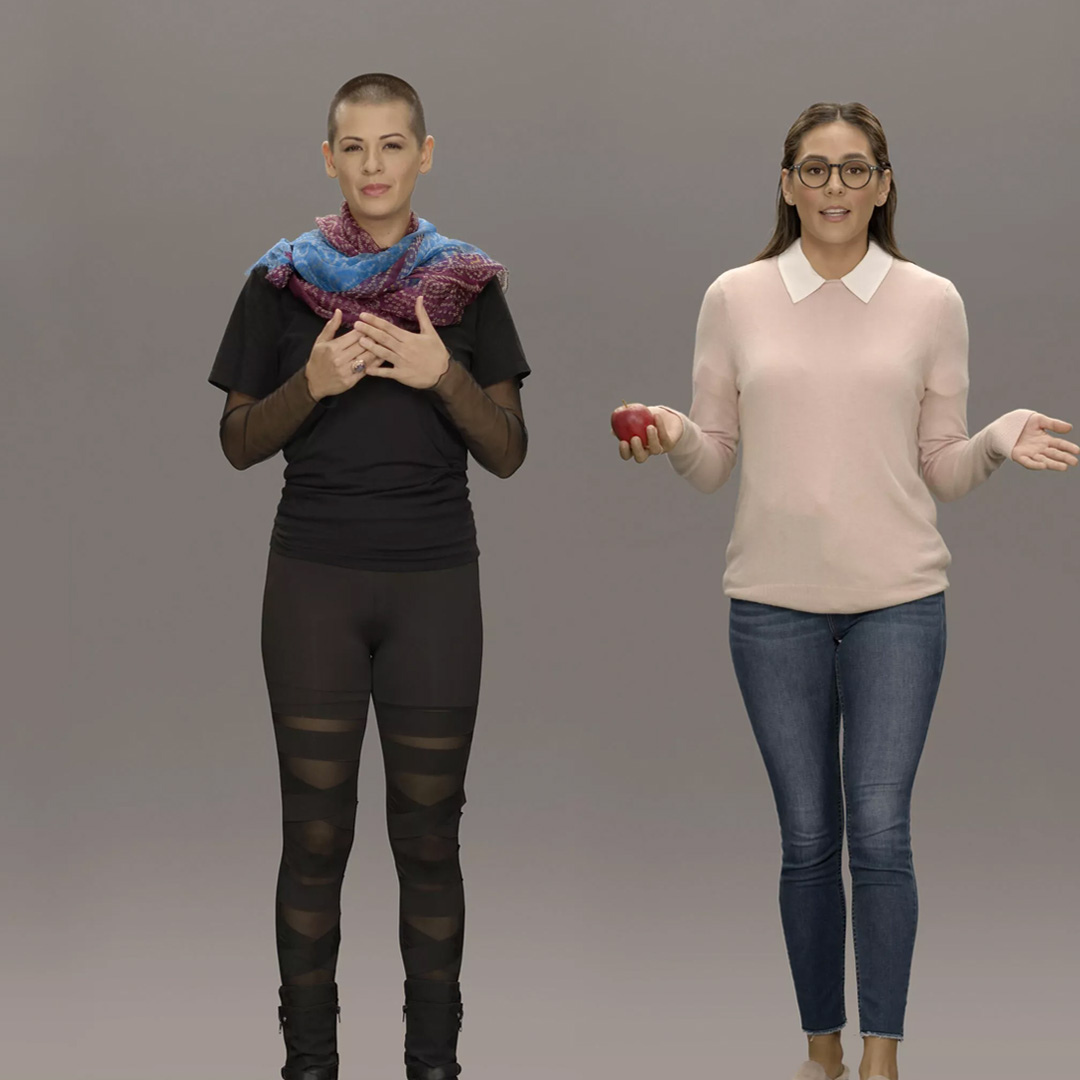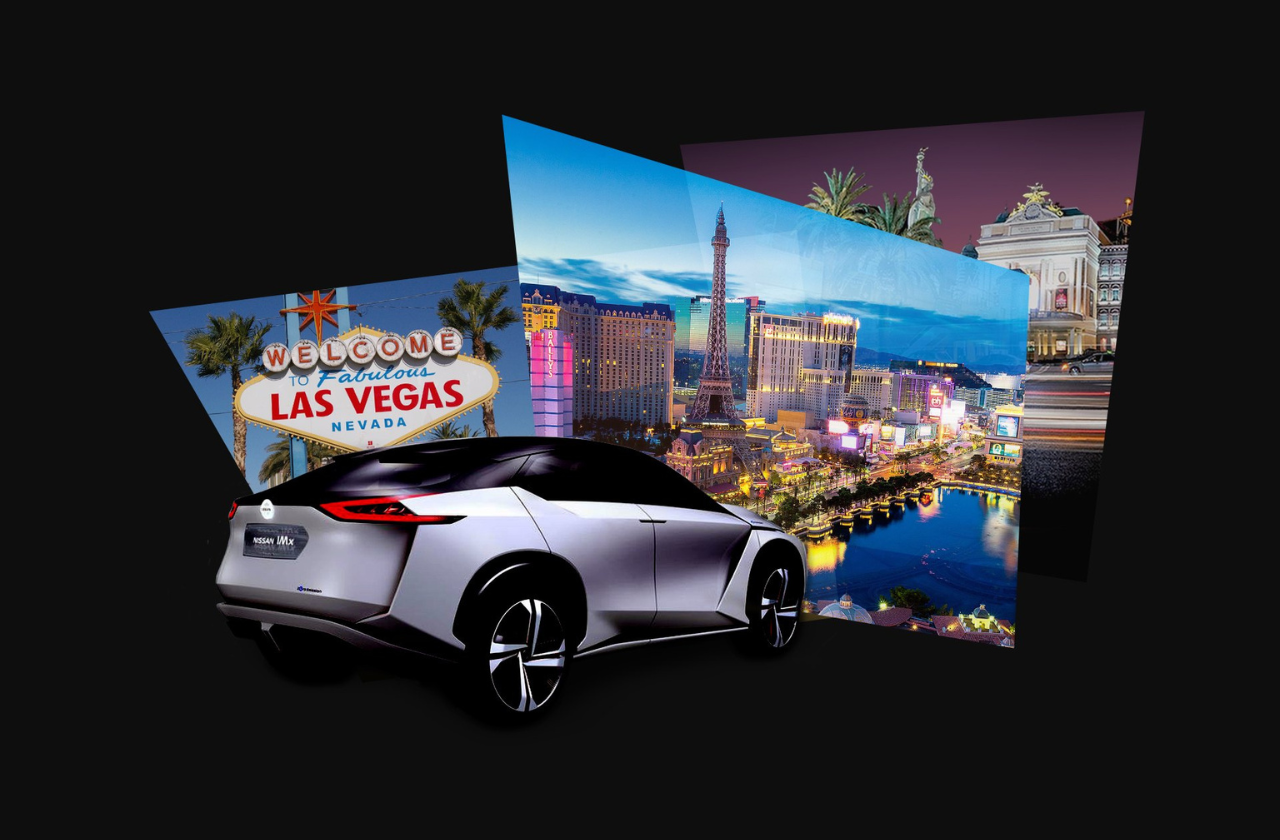






Like most challenges brands face today, the ways of effectively communicating with customers are shifting rapidly as a result of societal and behavioural influences.
As technology evolves, processes and methods take time to catch up, and in some cases remain consistently behind the curve. So, whilst there may be more data than ever – in theory supercharging personalisation – harnessing it can cause paralysis in terms of the sheer volume of options when developing ideas that not only prove useful, but resonate across generations, socioeconomic groups, territories and products.
Connected consumers no longer accept the hierarchy of old, preferring to emotionally identify and engage with brands who treat them as peers in a realistic, truthful and participatory way. Simply being ‘friends’ with a brand doesn’t cut it, in fact it’ll likely seem transparent and treated with the antipathy it deserves. To succeed requires the most difficult of shifts – to relinquish control and communicate as equals with all of the character traits, properties and values that embody your brand. In effect, to be more human.
On the upside, there are significant rewards at stake for those willing to experiment. Meaningful experiences sit at the top of the pile of user experience needs, where customers’ past interactions are reflected in the conduct of future conversations, increasing loyalty, openness and willingness to impart information. This also increases the likelihood of a consumer actively advocating for your brand. Amongst others, this is one of the reasons Artificial Intelligence is so exciting: it remembers, learns and adapts in real-time.
There’s a hurdle though. If AI is one potential solution to these structural shifts, its raw application runs in direct opposition to the goal of brands as participatory rather than dictatorial entities, blindly serving ‘because you liked this, now try this’ binary messaging and feedback loops. AI therefore needs to also embody a range of human traits, whether visual, conversational, fun or useful, in order to earn the trust of the group: not an easy feat for a cloud-based intelligence engine.

Lil Miquela, the CGI social media influencer, is just one example of the growing popularity of digital humans.
In this dynamic, authenticity is everything. Brands that reside in persistent worlds and can be relied upon for contextual responses will gain the most emotional capital. The rise of virtual assistants and chatbots are testament to that; Brandwidth has seen uplifts of over 100% for test drives in the automotive sector, but this is only the beginning. We’re now witnessing the birth of realistic human avatars that go way beyond linear tasks such as turning your lights on.
According to Juniper, the next wave of virtual assistants will drive cost savings of $8 billion annually by 2022 (up from $20m in 2017), on a path to delivering 85% of customer service responses by next year. In effect, this is AI as a new layer where customers and brands connect and react on-the-fly with reciprocal emotions in entirely new ways.
Last week, the Samsung STAR Labs-backed company, Neon, launched their artificial humans at CES with a mission to create ‘conversational partners’; a softer, more empathetic wave of avatars. Separately, Soul Machines have secured another $40m of funding, partly from Salesforce. This is the generation of brand advocates and influencers that can live on any platform or store; speak multiple languages, never sleep, get old or become embroiled in a celebrity scandal . . .
It’s not difficult to see where this is heading, with digital humans becoming omnipresent ambassadors powered by customer data and machine learning. In fact, it’s one case where the methods of communicating may even keep up with the demands and societal forces that shape them – for those brave enough to hand over control.



Our dedicated team dives deep, delivering relentless value and aligning digital solutions with your goals in a way that guarantees success
Learn more